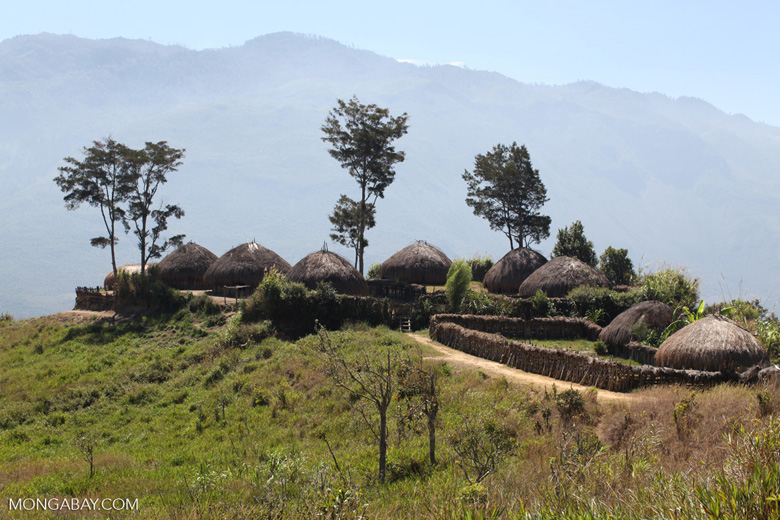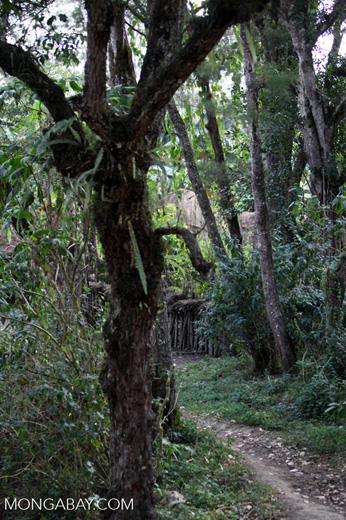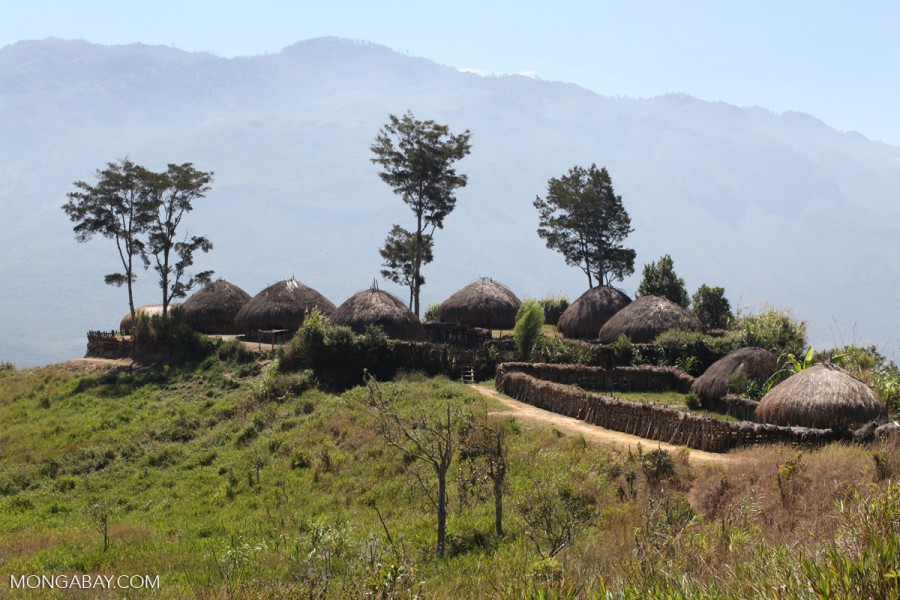- Twelve percent of the planet is under some form of official conservation, with an equal amount unofficially monitored and protected by local communities.
- The researchers found many local conservation effects are achieved through deterrence measures, such as local superstition or religious taboos.
- They recommend seeking ways to support communities in their conservation efforts rather than replacing them with conventional management.
While 12 percent of the planet is under some form of official conservation, an equal amount is unofficially monitored and protected by local communities whose efforts are often unrecognized and even undermined, according to a recent study that examines what it calls “the tragedy of the unseen sentinels.”
Effective local protection is overlooked not because local protection efforts are invisible, the authors of the study write, “but because no one recognizes what they see.” Their report, “Unseen sentinels: local monitoring and control in conservation’s blind spots,” was published in the journal Ecology and Society.
“People and opportunities differ and conservation will always have to be balanced with other demands and needs,” lead author Douglas Sheil of the Norwegian University of Life Sciences told mongabay.com in an e-mail.
“Some conservationists suggest that local people are the principal threat to achieving conservation,” Sheil explained. This did not jibe with his experience, or the experiences of his team. They had worked closely with local people in a number of locations and been impressed not just with their concern for the environment but also their willingness to act on their concerns — for all that their efforts are often undermined by what Sheil calls “outside interventions, both well-intended and otherwise.”

Sheil and his team acknowledge that each situation is different and calls for its own conservation methodologies. But when they went to see what the research literature had to say about whether or not local people were effective conservationists — i.e., that they are capable of monitoring for and responding to threats — they found very little on the matter.
“There is a lot on how ‘official’ conservation is done, and on how monitoring and protection contributes to conservation, but we seemed to have this vast blind spot for that large area of the world where there was little or no ‘official’ conservation,” Sheil said. “But we know that local people are acting and responding in their own way to achieve their own goals – and these goals very often include the maintenance of productive lands and forests and the setting aside of areas for complete protection (sacred areas, etc).”
Conservation is not the dominant or universal effect of local communities’ monitoring efforts, Sheil acknowledges. But local communities can be formidable forces for protecting their own rights, including control of their land, water and resources. “These controls, though acknowledged, appear to be widely disregarded,” Sheil said. “Perhaps they are thought to be too weak, or too rare, to matter.”

This is the blind spot in conservation Sheil and team wanted not only to document, but to begin to address by examining a few of the many autonomous monitoring processes being carried out by local communities around the world.
“We need to gather evidence rather than rush to unhelpful generalizations,” Sheil insists.
The researchers worked with three communities in the Mamberamo-Foja region of Papua, Indonesia (Indonesian New Guinea, which used to be called “Irian Jaya”). They found that all three communities have developed practices and associated systems that protect their territories from outside exploitation while also regulating the impact of their own communities.
The team found that local monitoring is truly a community-based process, with everyone involved in information gathering and policing. There are also specialized roles, such as the “Ijabait,” who live in strategic sites to protect key resource-rich locales. The researchers concluded that the monitoring systems devised by the three communities they studied were not only effectively protecting vast areas of land, they were doing it with relatively small numbers of people.
Much of the conservation effects are achieved through deterrence measures, such as local superstition or religious taboos, the team writes in the report. But they also found numerous examples of more active protection activities against companies and other external agents, such as “arresting” the offenders and confiscating boats.
“In an ideal world we would leave these local practices alone, at least if that is what the community wanted,” Sheil and his co-authors write. But since threats change, grow and diversify over time, external agencies can sometimes play a vital role. “Rather than replacing local management systems, we should seek ways to support them,” the authors recommend. “The benefits of local monitoring are provided free to the world; bolstering these schemes would help sustain these benefits.”
It should be possible to calculate the total area of the world under local control and determine the effects of autonomous local monitoring, but we simply don’t know enough about these autonomous conservation efforts to do so. “This is a near information vacuum,” as Sheil called it, which is why he and his team set out to highlight the reasons we need to start recognizing that these systems exist and are worthy of notice.
“Our study seems to be the first to propose that such practices are widespread and are worthy of closer examination,” Sheil said. “That is a fairly remarkable situation if true or even if there are a few other studies that we didn’t manage to find.”

CITATION
- Sheil, D., Boissière, M., & Beaudoin, G. (2015). Unseen sentinels: local monitoring and control in conservation’s blind spots. Ecology and Society,20(2), 39.
